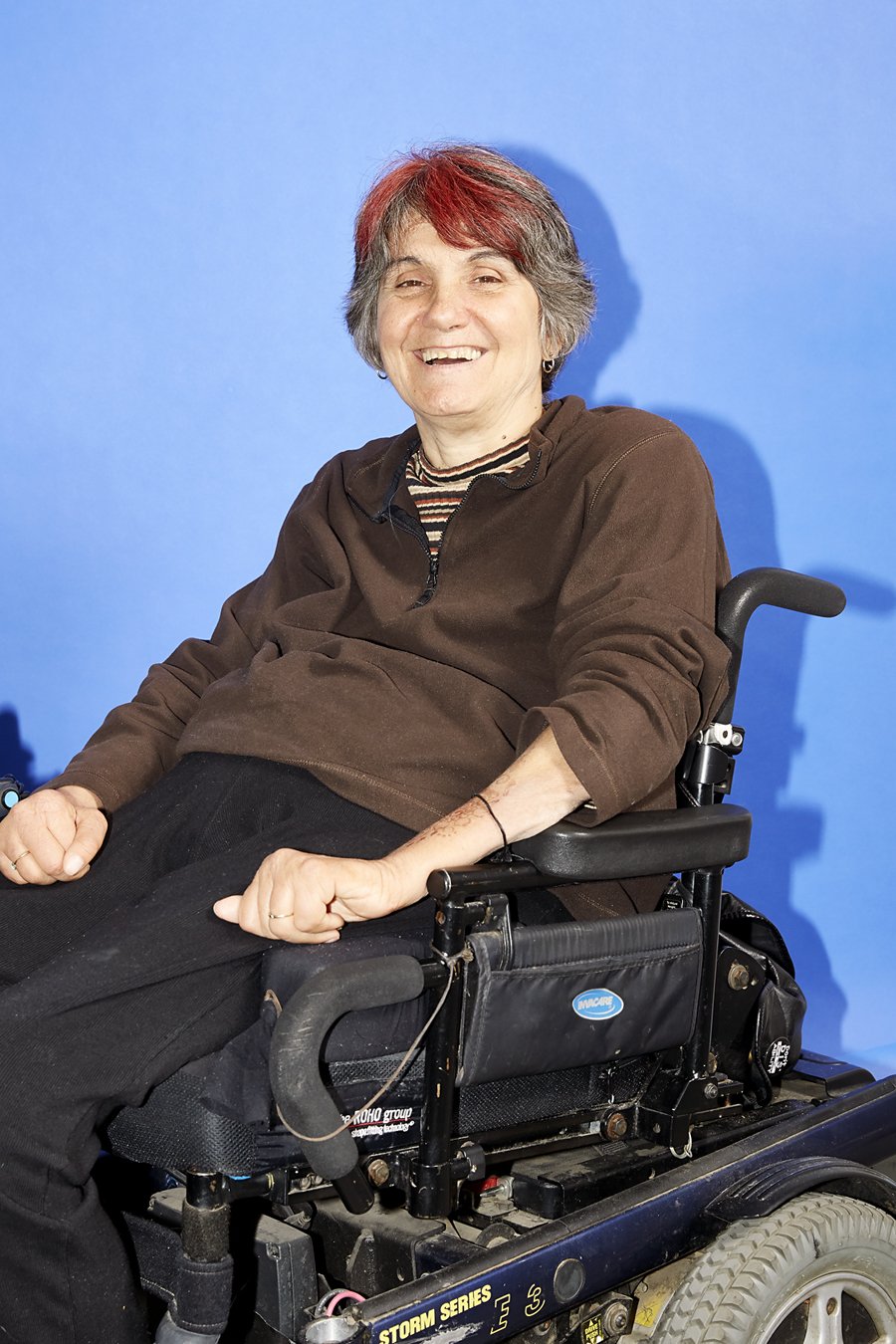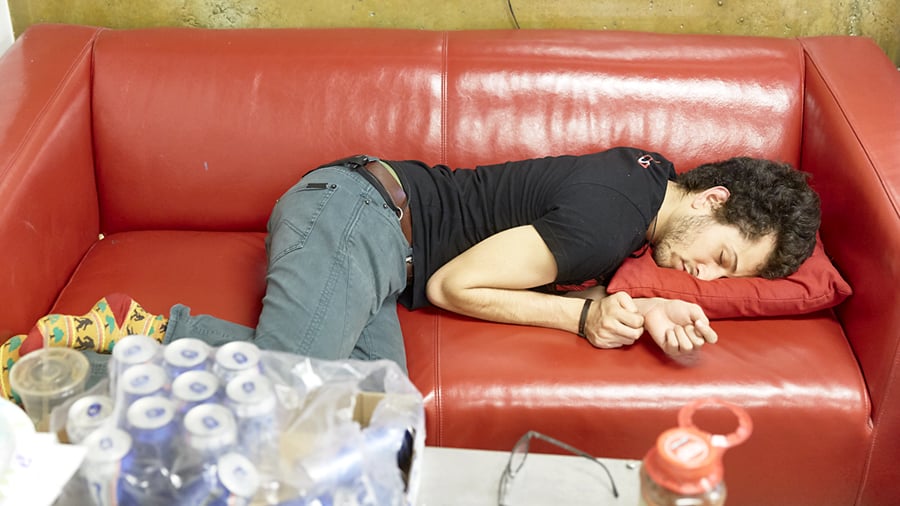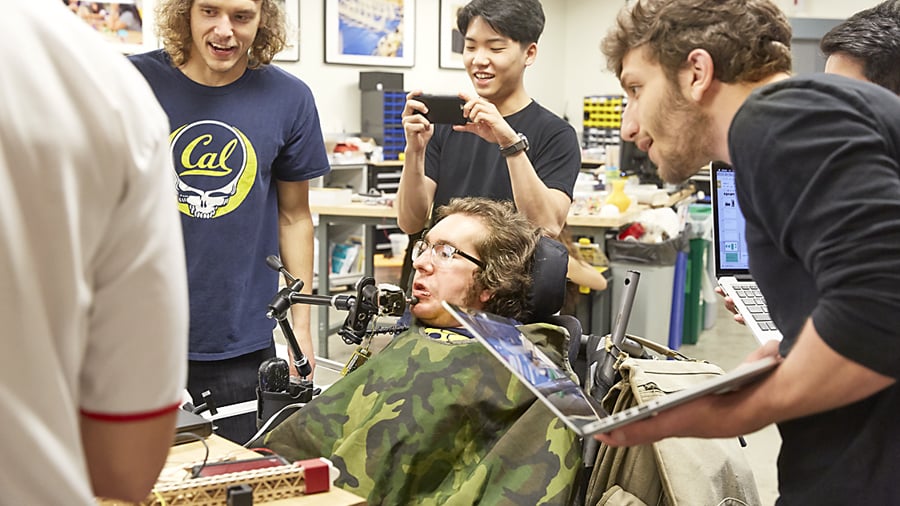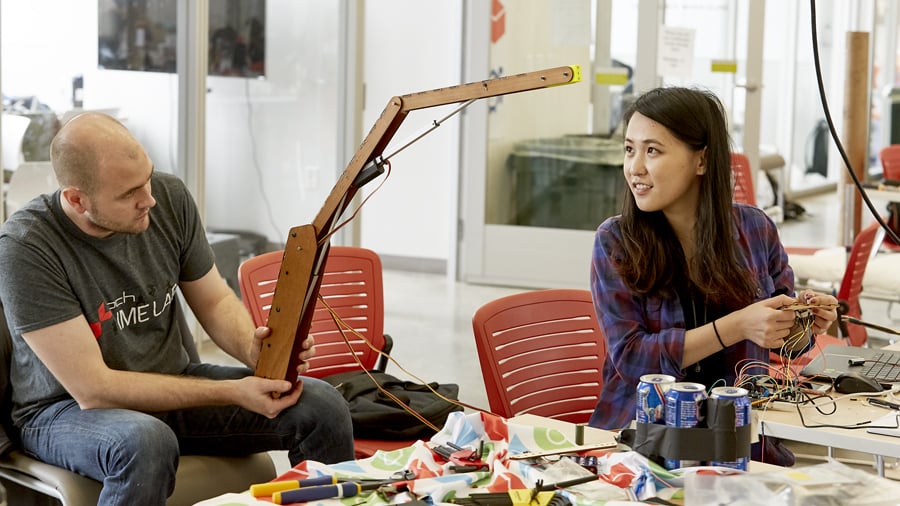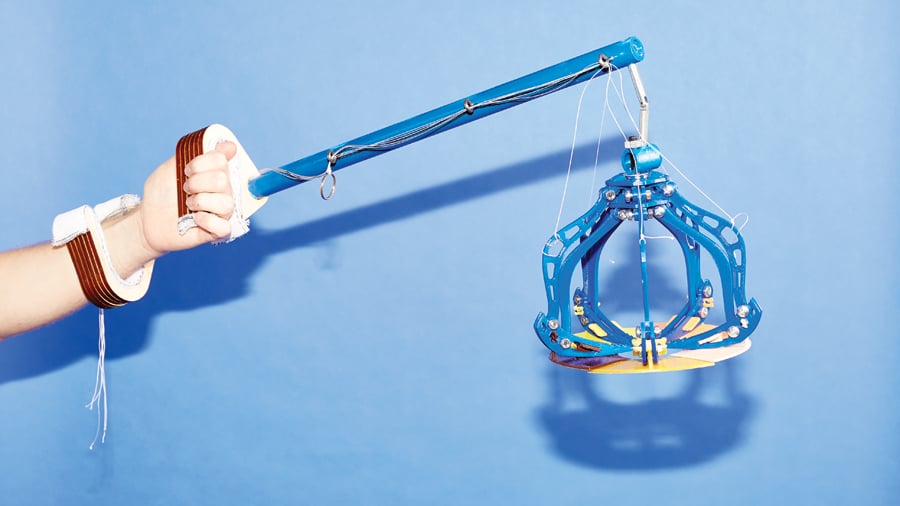
June 23, 2017
Makers, Users Co-Create Tech Products That Make Disability Manageable
Tel Aviv-based start-up Tikkun Olam Makers (TOM) hosts maker-marathons to brainstorm a new generation of assisted devices.
When he was just 19, Andrew McPherson suffered a spinal cord injury diving into shallow water. “I went from being super active, an auto mechanic and wilderness guide leading youth groups on rock climbing trips, to not being able to even lift my arms,” he says of the accident that left him a quadriplegic. “I couldn’t work on cars or do anything that I enjoyed. I had zero hobbies left.”
That all changed when a friend’s dad, a science teacher, introduced him to maker magazines. “I decided that building electronics was something that I could have fun with and could still physically do.” McPherson, now 30, also saw designing assistive technology as an opportunity to extend his limited physical abilities. One of his earliest projects was a gadget to open his bedroom window, constructed from a hacked power drill connected to a light switch—which he accomplished by stripping wires with his teeth. This and many other ingenious assistive hacks will soon be accessible globally and free of charge, thanks to an open-source market being developed by Tikkun Olam Makers (TOM).
TOM is a Tel Aviv–based start-up, and initiative of the Reut Group, with a mission to provide folks living with disabilities— about a billion people worldwide—with affordable technology that helps them better navigate life’s challenges. Since 2014, the group has been connecting designers, developers, engineers, and makers with “need-knowers,” or those with physical, sensory, or mental limitations. “We’ve identified that there is a tremendous market failure for people with disabilities,” says Rebecca Fuhrman, TOM’s architect of inspiration, who handles the company’s marketing and communications. “Solutions are either too expensive or just simply not developed because the market [for specific physical challenges] is too small.” To address this, TOM has been engaging with the maker movement and its talent pool to bring more assistive devices to fruition.
At TOM maker-marathons, teams of volunteers work alongside local need-knowers to develop working prototypes. “Within our methodology, there is always a need-knower,” Fuhrman explains. “It’s not just about being a maker who says, ‘Oh, I think I’m going to make something,’ and assumes that they understand what someone’s challenges are.” This collaborative process ensures that the people with the disability are able to comfortably convey their issue and work with a team of makers to develop a solution. To date, there are 19 TOM communities around the world, from New York and Barcelona to Melbourne and Kazakhstan, that have hosted makeathons at various tech companies, colleges, and labs.
One event at the University of California, Berkeley, which took place in mid-March, was organized by McPherson, now a mechanical engineering student and a volunteer TOM organizer. He first learned about the organization after attending one of its makeathons at the TechShop in San Francisco in his junior year. “Everyone I knew sent me emails about it because it seemed like it was something I’d be interested in,” McPherson explains. He went on to take part in a TOM makeathon in Israel, where he and a team developed a canopy umbrella that functions as a windshield for those in power chairs, keeping them dry during heavy rains. He also developed a 3D-printed clip-on brush for wheelchair users to clean their wheels. “Necessity is the mother of all invention, and when you have a daily challenge, you inevitably end up thinking about ways to make it easier.”

This urge to circumvent everyday obstacles is also what drew Ligia Andrade Zúñiga to the TOM makeathon at UC Berkeley. Like McPherson, she suffers from quadriplegia. “I don’t have any function to complete normal daily activities like getting dressed, going to the bathroom, or grooming,” says the 36-year-old mother of two, who was injured in a car accident. “The complete dependence on others, that’s the hard part for me.” Andrade Zúñiga was one of 11 need-knowers paired with groups of volunteers from the surrounding Northern California maker community. “We chose the teams based on skill sets,” says McPherson. “Not everyone had to be an expert, but everyone had something to contribute.”
Projects developed during the 48-hour prototyping event ranged from simple traveling commodes and wheelchair-mountable grocery baskets to more complex devices, like a speech translator that allows an 11-year-old girl with cerebral palsy to chat with her friends.
Andrade Zúñiga’s team developed a custom makeup applicator—an idea she proposed. “I had been thinking about a way for women with really low function in their hands to be able to apply makeup to help them with their self-esteem,” she explains. So after seeing a Facebook post from McPherson calling for volunteers and project concepts, she applied. “At first I was very insecure about the idea because I felt like it was a little superficial. But then I thought about it, and in my work we talk a lot about self-esteem, self-image, self-acceptance, and identity.” Since her injury, Andrade Zúñiga has spent the past eight years as an advocate with several boards and commissions in San Mateo County, where she helps to educate the public on disability-related issues, including health care. “It’s hard when people living with disabilities don’t know how to navigate the system,” says Andrade Zúñiga.
This problem, according to Dr. Cathy Bodine, a researcher and expert on assistive technology, is one that affects 57 million Americans with disabilities. “The policies are so circumscribed depending on who the funding force or payer is,” says the associate professor of bioengineering at the University of Colorado at Denver. Worldwide, only one in 10 people has access to assistive technology because of factors like costs and government policies. “The capabilities of technology are totally outpacing the regulatory systems that we work under,” says Dr. Bodine. “And then secondly, we don’t have good federal funding [in the U.S.] for research and small-business innovation.”
TOM is hoping to bridge this gap with the help of the maker community. “TOM factors in when the market fails, when there isn’t a large-enough need to start creating a solution, or when the solutions that exist are too expensive,” says Fuhrman. When TOM’s open maker market launches in the fall, users will be able to access projects like McPherson’s canopy umbrella and 3D-printed wheel cleaner and countless others developed during its makeathons.
The goal is for users to be able to download projects to replicate or customize to suit their needs. “If something is developed at a makeathon in Vietnam, it can be adapted for someone living in Buenos Aires or even in St. Louis,” says Fuhrman. Although Dr. Bodine cautions against using makeathons as a catchall for addressing the problem— there need to be significant changes in policy and much more collaboration between makers, people living with disabilities, and the medical community—she feels that organizations like TOM and the assistive-tech market are on the “cusp of getting it right.”




